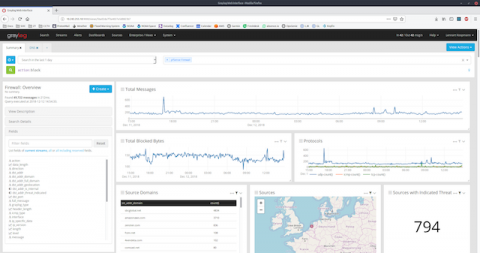Image Management & Mutability in Docker and Kubernetes
Kubernetes is a fantastic tool for building large containerised software systems in a manner that is both resilient and scalable. But the architecture and design of Kubernetes has evolved over time, and there are some areas that could do with tweaking or rethinking. This post digs into some issues related to how image tags are handled in Kubernetes and how they are treated differently in plain Docker.











